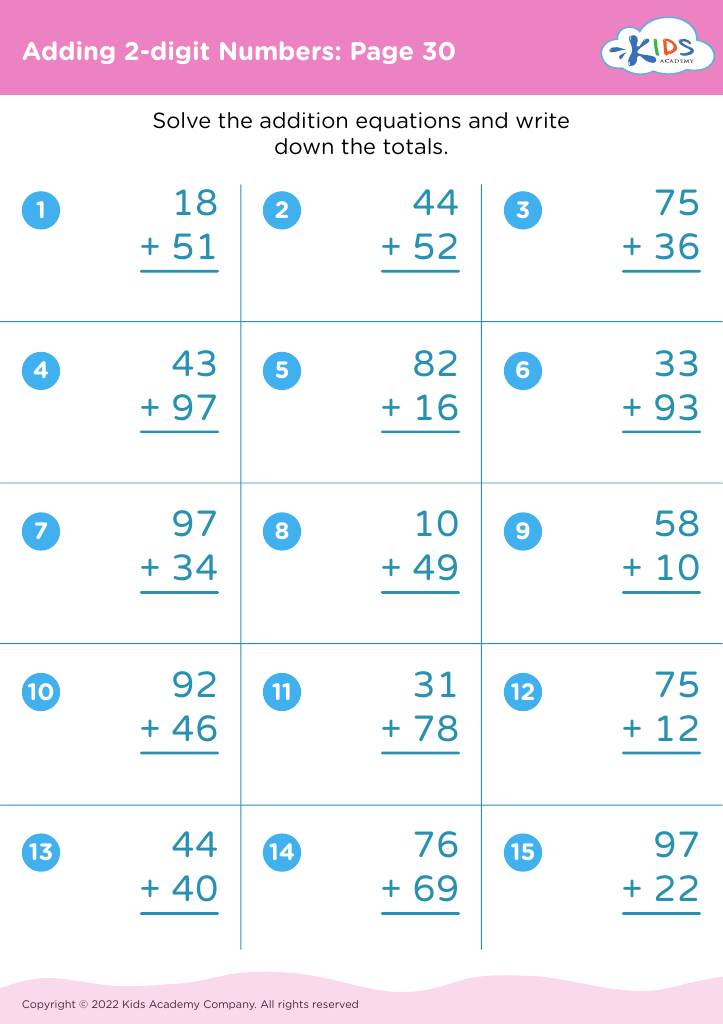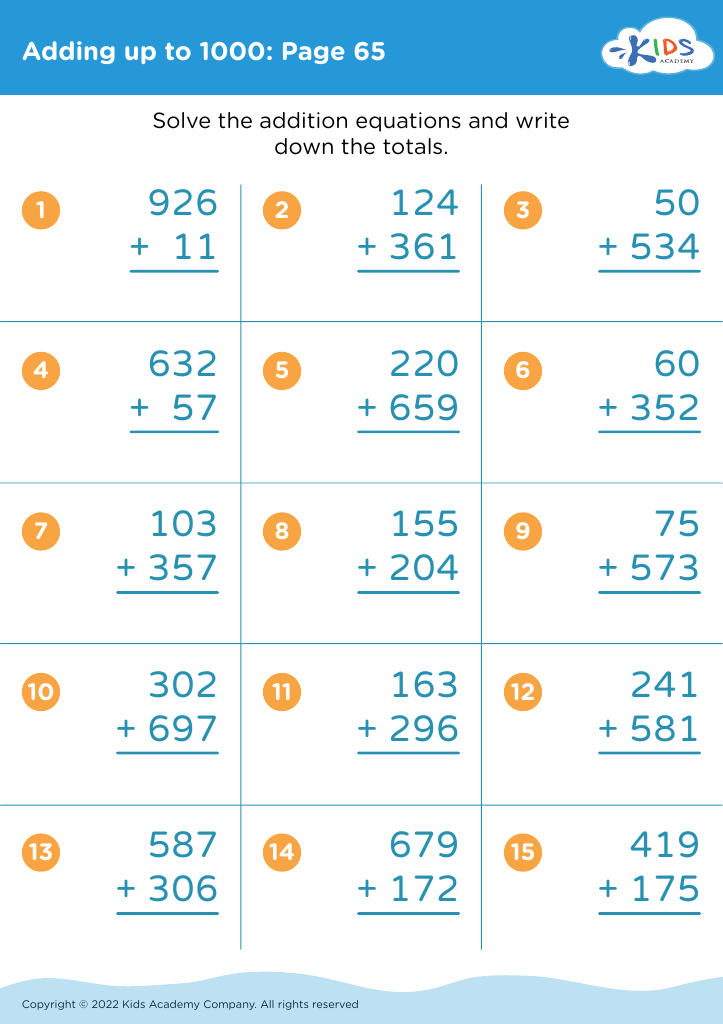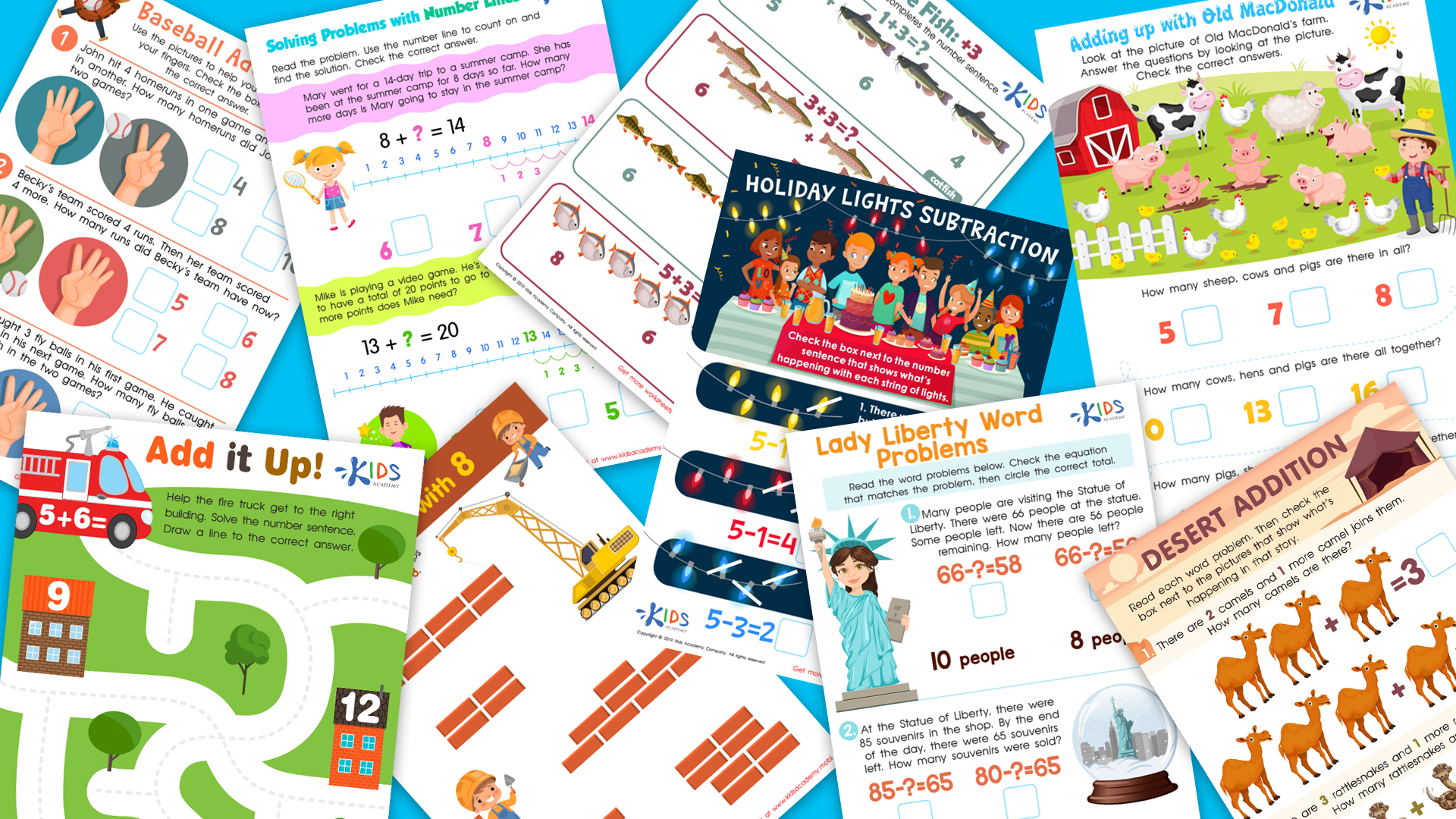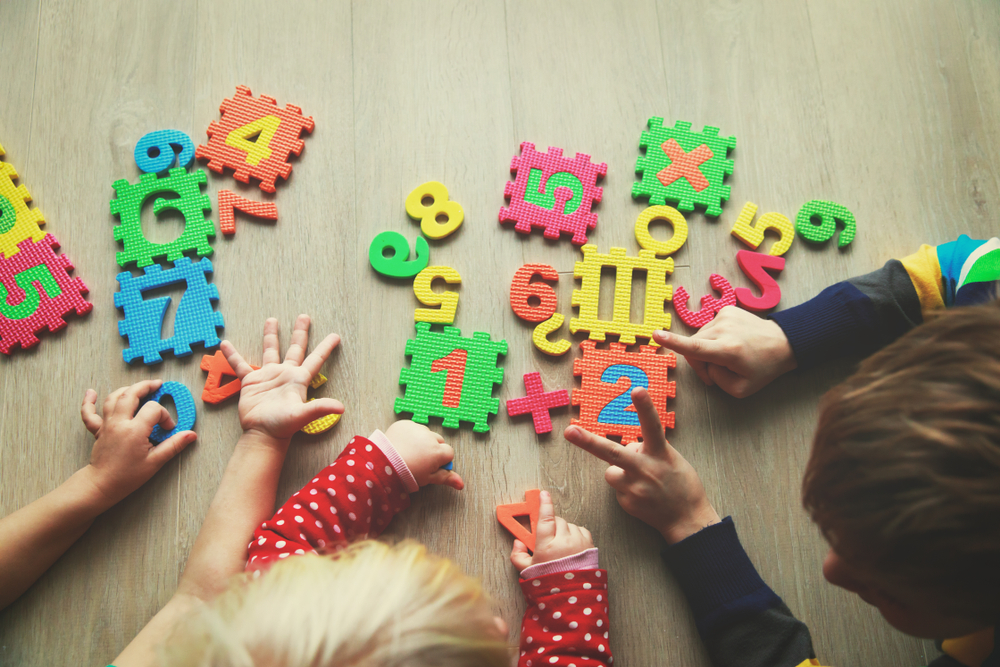Pattern recognition Addition & Subtraction Worksheets for 7-Year-Olds
6 filtered results
-
From - To
Unlock your child's potential with our engaging Pattern Recognition Addition and Subtraction Worksheets for 7-year-olds! Designed to enhance their math skills, these worksheets focus on identifying patterns in addition and subtraction, making learning fun and interactive. Each activity encourages critical thinking, boosts confidence, and supports foundational math concepts. Children will enjoy solving puzzles that reinforce their understanding of numbers while developing problem-solving strategies. Perfect for classroom use or at-home practice, our worksheets provide a variety of exercises tailored to foster a love for math. Start exploring the world of pattern recognition with your little learner today and watch them shine!


Find the Rule Worksheet
Pattern recognition in addition and subtraction is an essential skill for 7-year-olds, as it lays the groundwork for advanced mathematical understanding. At this age, children are transitioning from concrete to more abstract thinking. Recognizing patterns helps them identify relationships between numbers, which enhances their problem-solving abilities and boosts their confidence in tackling math challenges.
When children learn to spot patterns, such as the relationship between addition and subtraction, they begin to understand concepts like inverse operations. This understanding is crucial for developing mental math skills, enabling them to perform calculations more efficiently and independently. Furthermore, pattern recognition fosters logical reasoning and analytical thinking, skills that are vital not only in mathematics but across all subjects and real-life situations.
Moreover, encouraging this skill in young learners aids in making math more engaging and enjoyable. When children see patterns, they often find joy in learning, which stimulates a positive attitude toward mathematics. For parents and teachers, nurturing a child’s ability to recognize patterns can illuminate how they think and learn, guiding tailored teaching methods that cater to each child's unique needs. Ultimately, supporting this skill sets the foundation for lifelong mathematical competence and confidence.


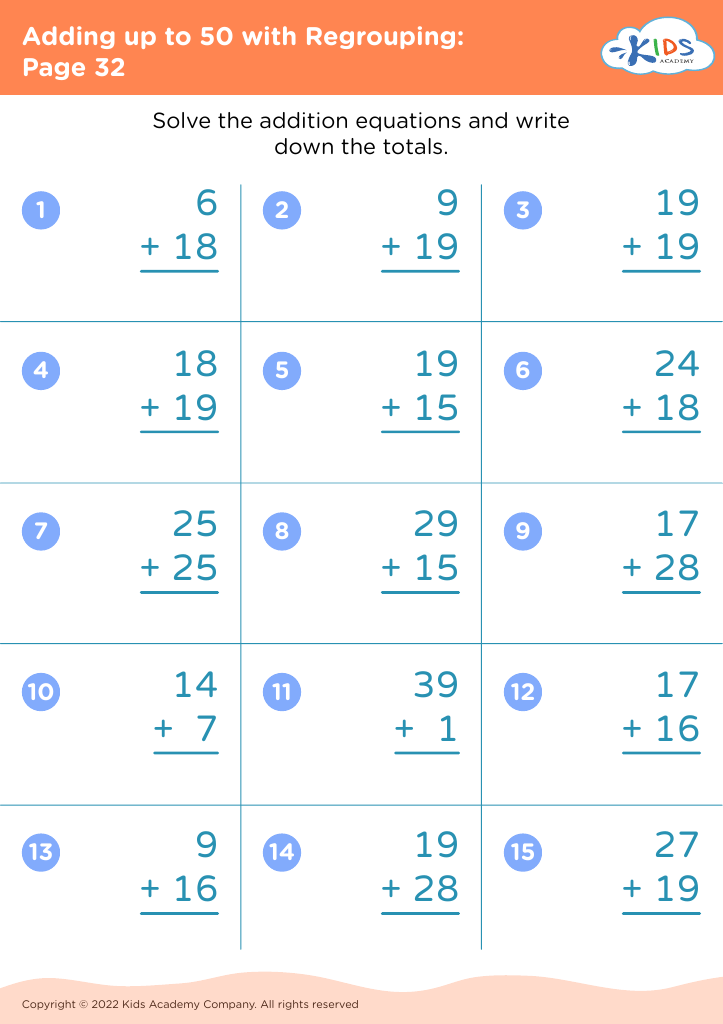
 Assign to My Students
Assign to My Students
